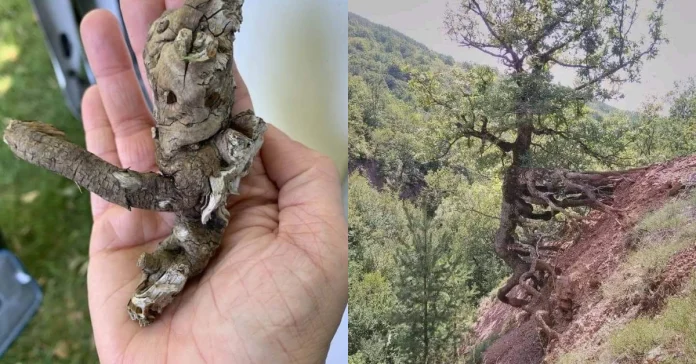Imagine walking through a serene forest, the air fresh with the scent of pine and earth. As you wander, the trees around you seem to whisper ancient secrets, their trunks and branches curiously alive. These are no ordinary trees; they hold shapes that mimic human faces, peeking out from their wooden facades. In this article, “Whimsical Woods: The Secret Faces of Trees Waiting to be Discovered,” we will delve into the enchanting world of these face-like forms. We’ll explore why these natural sculptures appear and guide enthusiasts on where they might spot these playful phenomena in the wild.
The Phenomenon of Face-like Trees
Have you ever seen a face in the clouds? This common experience is known as pareidolia, a psychological phenomenon where the mind responds to a stimulus (usually an image or a sound) by perceiving familiar patterns where none actually exist. Faces are the most common visual sought by the brain, and not just in the clouds or the moon but also in the more permanent shapes of tree barks and knots.
In the natural world, examples of pareidolia are abundant. Consider the famous “Old Man of the Forest,” a tree stump in Ireland that distinctly resembles a weary face. Or the “Sleeping Indian” tree in North America, which looks like a Native American face adorned in traditional headgear. These trees capture our imagination and offer a glimpse into nature’s playful side.
The characteristics that make some trees look like they have faces can vary dramatically. Some trees might have knots that appear like eyes, while the creases and fissures in the bark form a nose and a mouth. As light falls and the seasons change, these faces can seem to express different moods, from joy to melancholy, creating a dynamic interaction between the observer and the forest. This vivid imagery not only enriches our walks through the woods but also connects us to the whimsical side of the natural world.
Why We See Faces in Trees
Humans are hard-wired to recognize faces. This instinct, rooted in our evolutionary past, is crucial for social interaction and survival. From infancy, we’re programmed to discern faces, enabling us to respond to emotions and communicate effectively. This same instinct kicks in when we see face-like patterns in trees, a phenomenon deeply ingrained in our psyche.
Culturally, trees have often been revered as vital entities, embodying spirits or gods in various traditions. In many cultures, trees are seen as ancestral figures, watching over their descendants. This spiritual and cultural significance can enhance our perception of faces in trees, linking them to stories and beliefs passed down through generations.
Reflecting on a personal note, a friend once shared how a “smiling” tree brightened her regular forest runs, making her feel less alone. Such encounters remind us that nature often feels like a familiar presence, comforting and interacting with us in subtle ways.
How to Discover These Natural Wonders
Discovering the secret faces of trees is an engaging activity that anyone can enjoy. Begin by observing the details: look closely at the patterns in the bark, the arrangement of knots, or how light and shadow play across the tree’s surface. These elements can suddenly coalesce into a face, only visible to those who take the time to really look.
To find these natural wonders, visit diverse environments like old forests, parks, or protected nature reserves, where ancient trees often exhibit more pronounced features. Coastal regions and mountainous areas also frequently host such curiosities, shaped by the elements into fascinating forms.
I encourage you to venture into the nearest natural setting with a new perspective. Keep your eyes open, let your imagination run wild, and connect with the whimsical side of the wilderness. The forests are not just collections of trees but galleries of natural art waiting to be discovered.
Sum Up
Exploring the whimsical woods and discovering the secret faces hidden in trees is a journey that redefines our connection with nature. These natural sculptures, created by the unique formations of bark and branches, remind us of the playful and mysterious elements of the forest. As we learn to spot these faces, our walks through the woods become more engaging, turning each outing into a treasure hunt for nature’s artworks.
Why not step outside and let the natural world surprise you? Take a moment to look closely at the trees around you—perhaps you’ll find a friendly face smiling back. Let these discoveries inspire you to reconnect with the great outdoors and explore the hidden wonders of the whimsical woods.
# It is the sexy sycamore tree
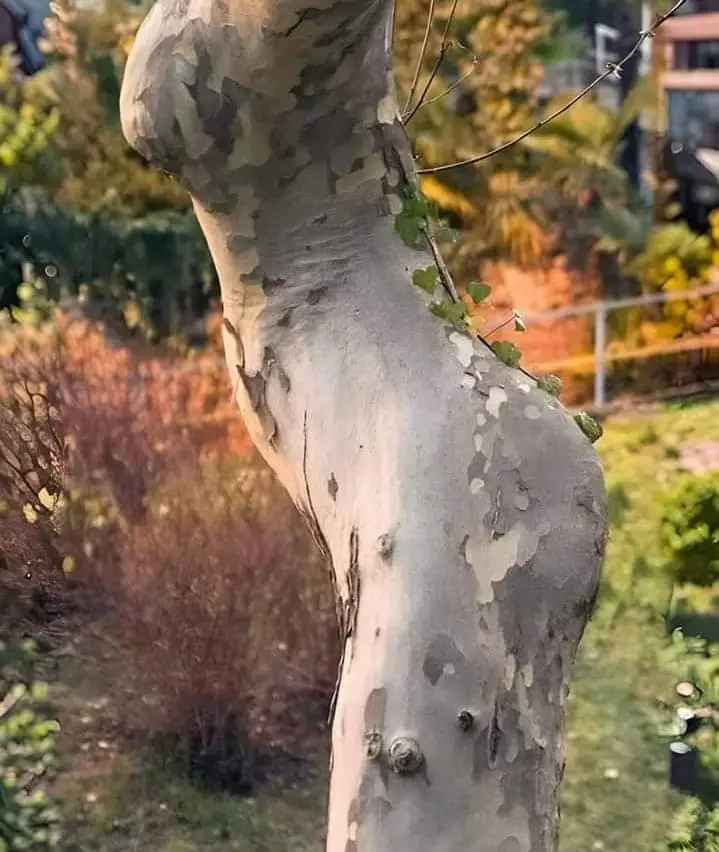
#

# Smile tree
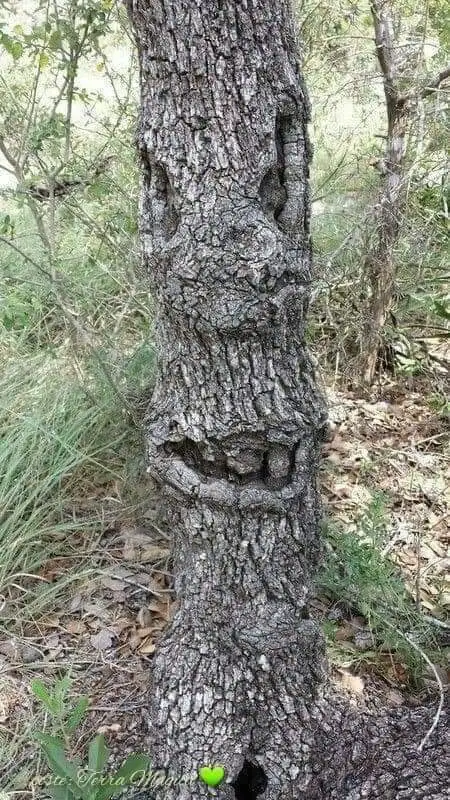
# sad mood
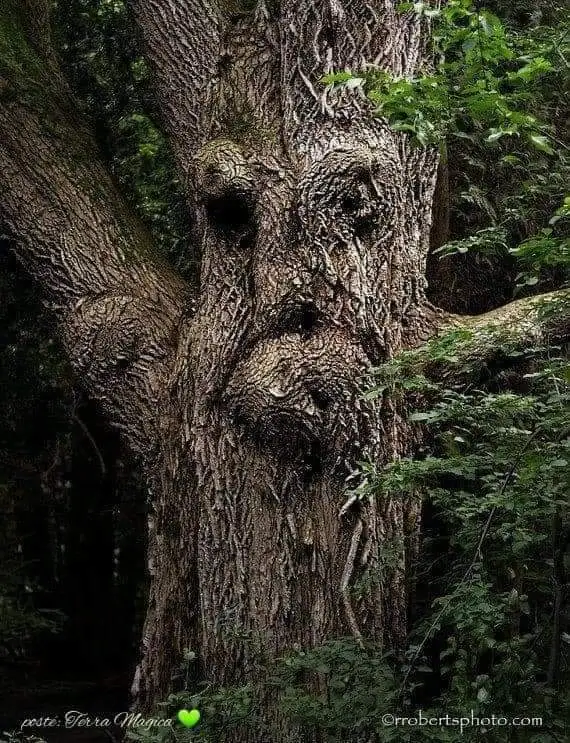
# Several faces
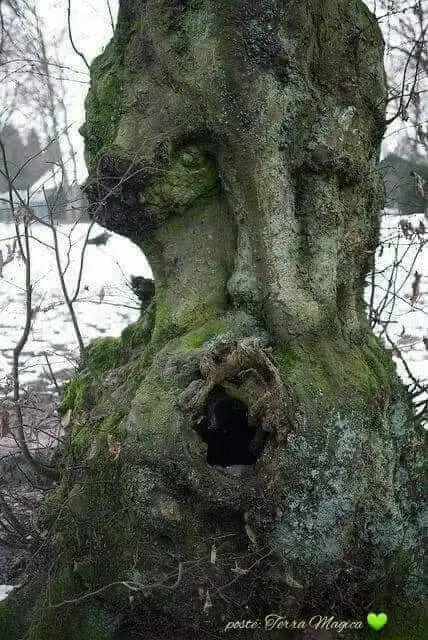
#
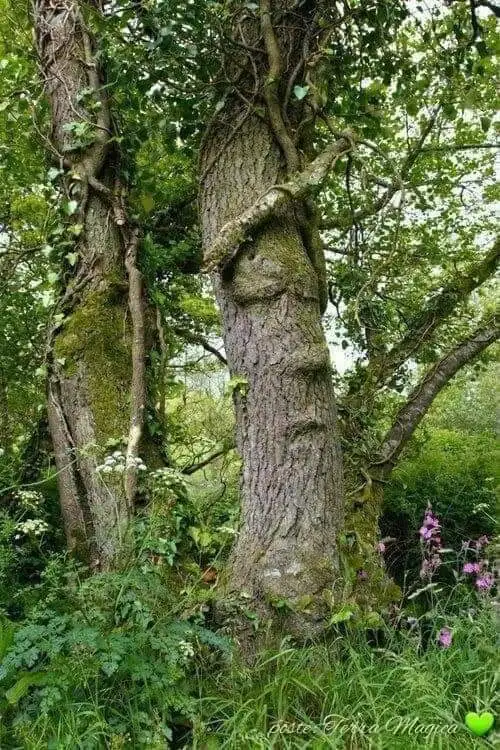
#
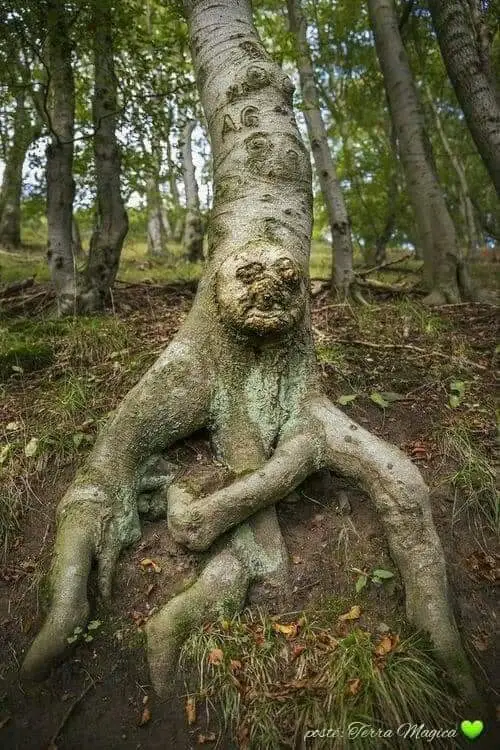
#

#
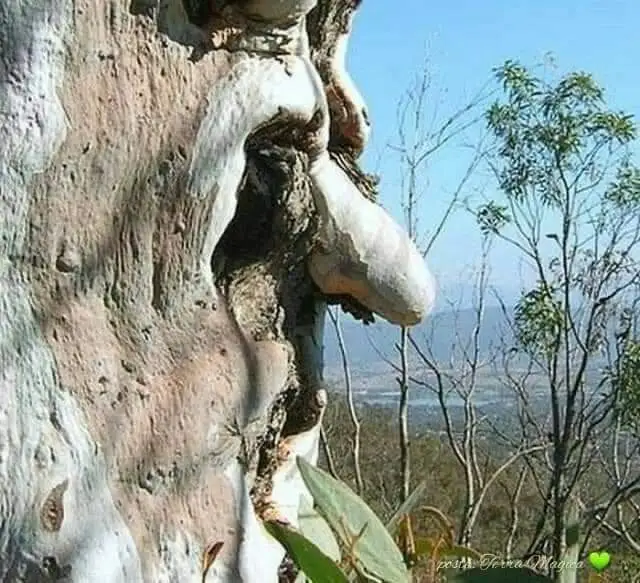
#
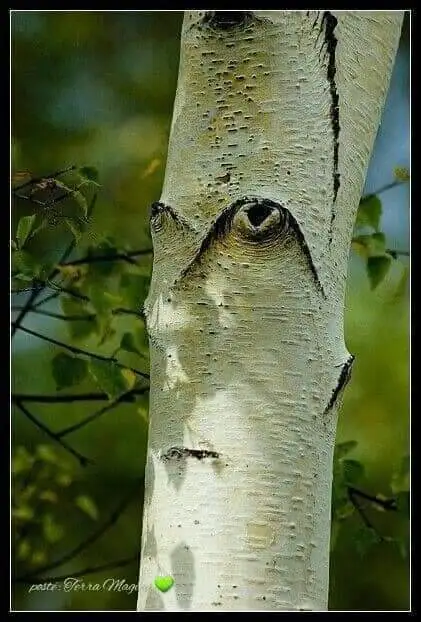
#
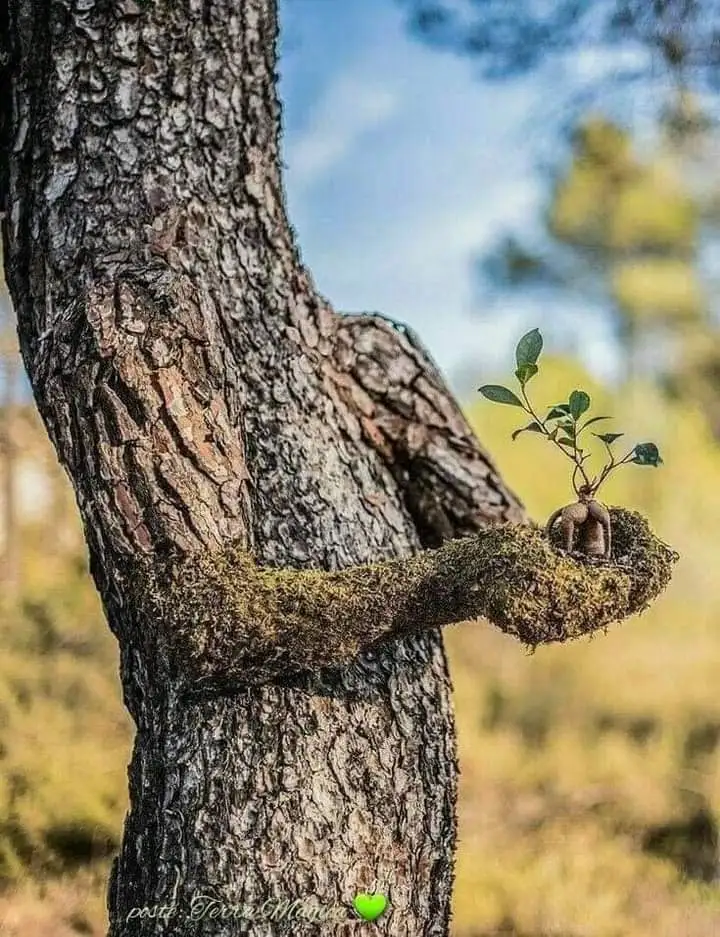
# Lip kiss
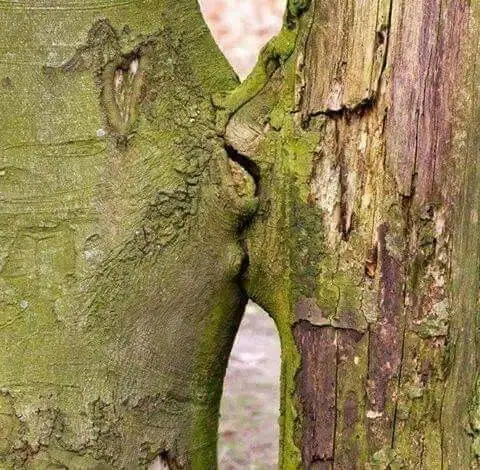
# Nature leaves us a great message, let’s hug a tree.
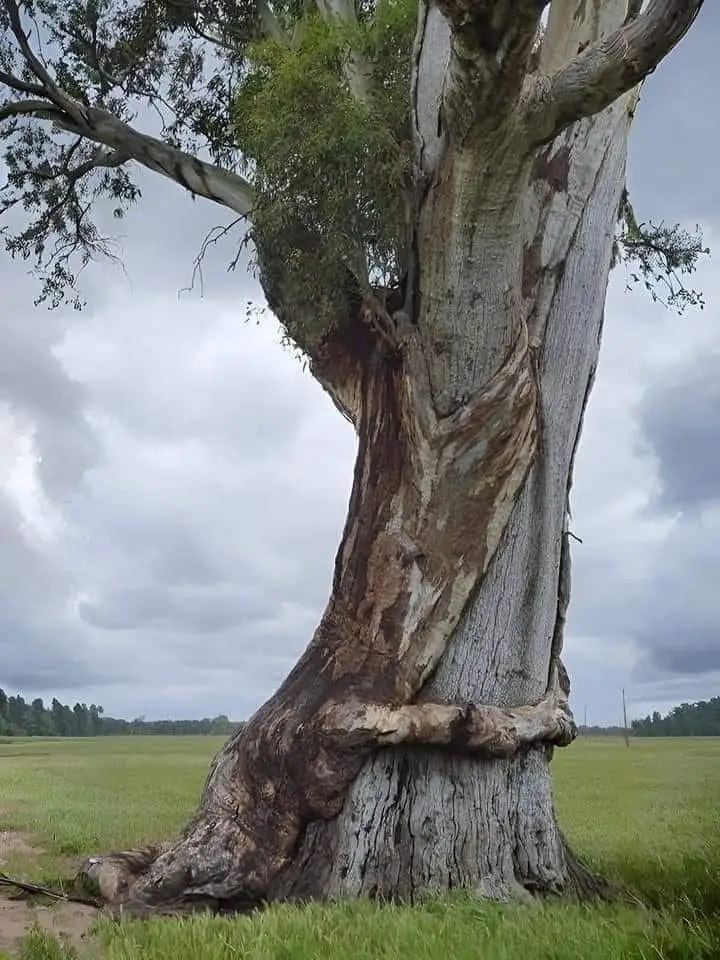
# A happy tree smile every time for our life
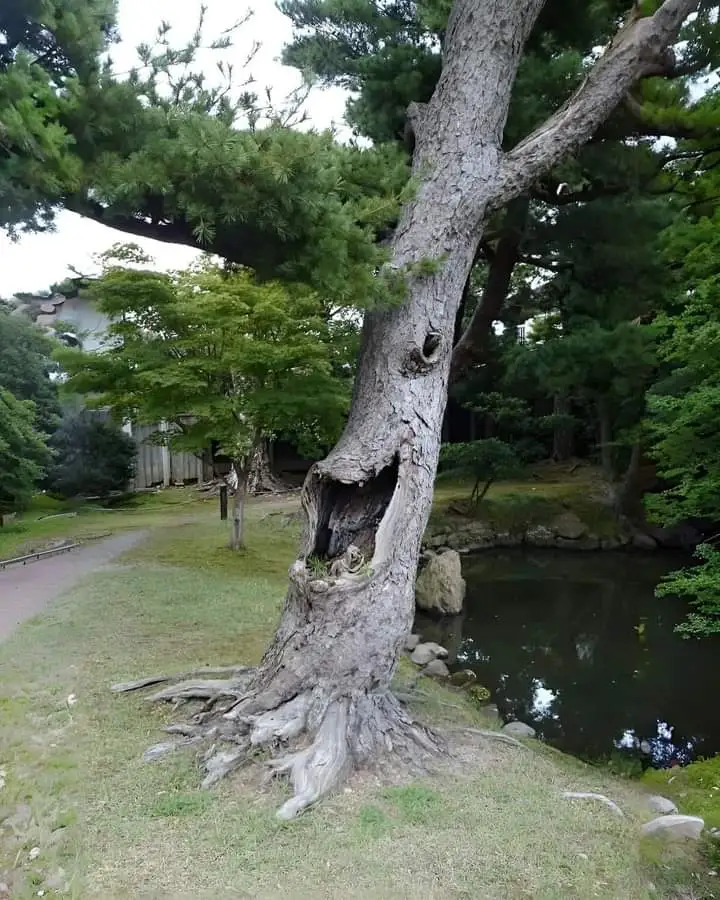
# Nature’s Sense of Humor
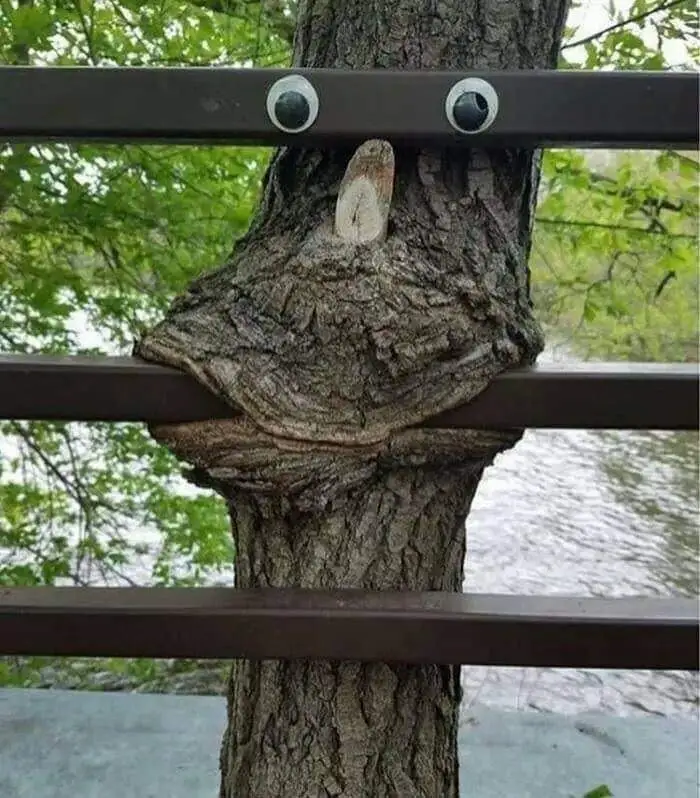
#This incredible tree looks sad Olympic National Park, Washington
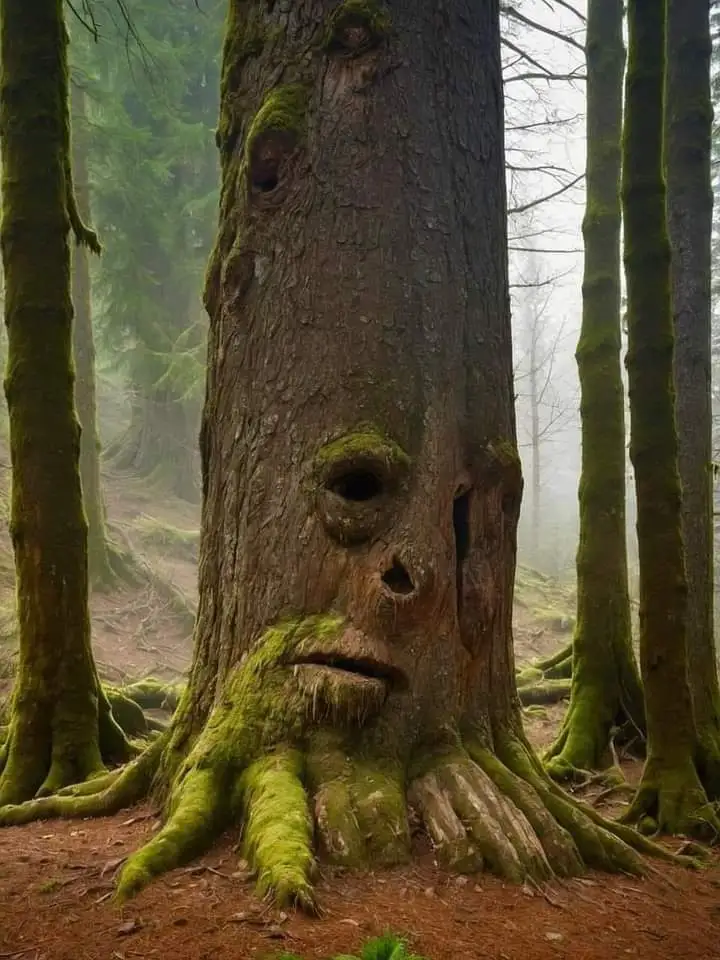
# dancing
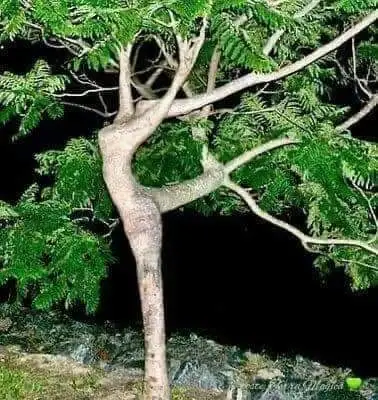
# Look at this wonderful picture, it looks climbing a mountain.
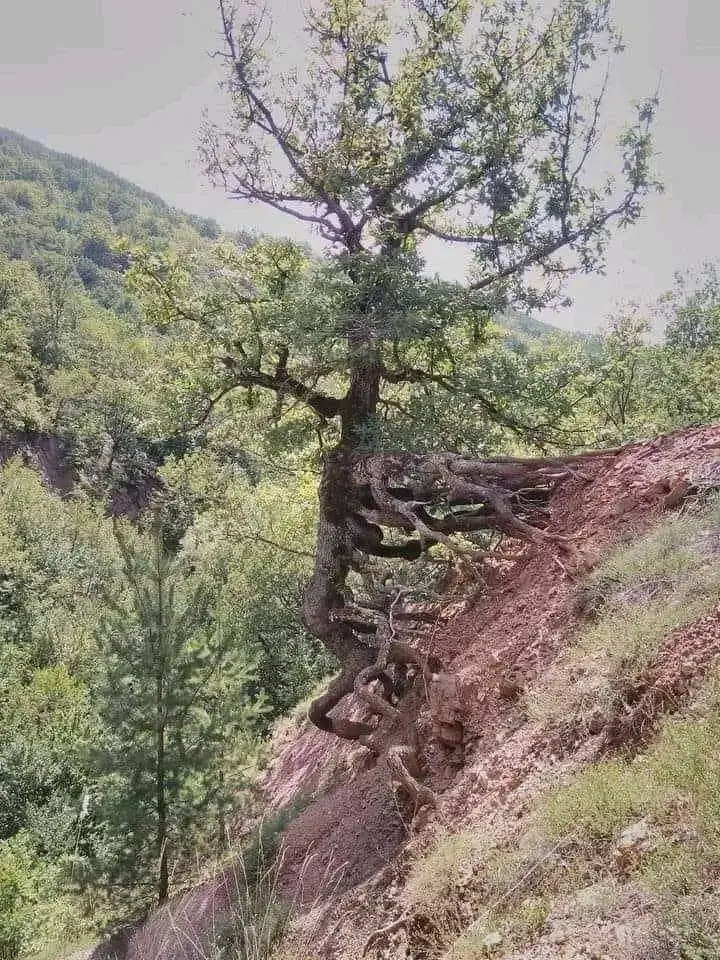
# beby
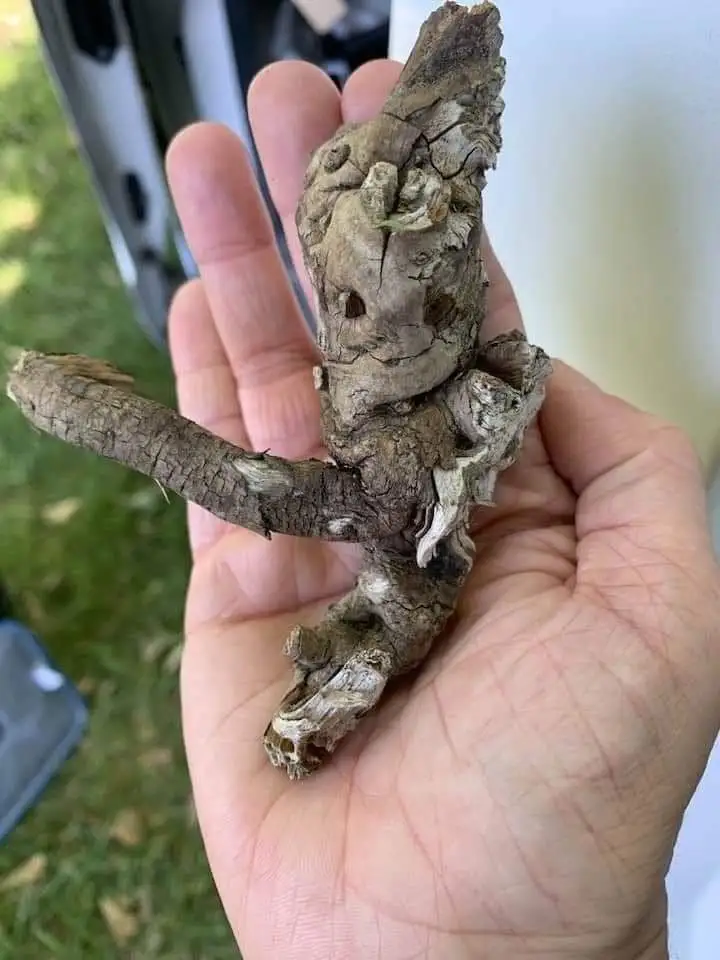
image credit goes to owner

